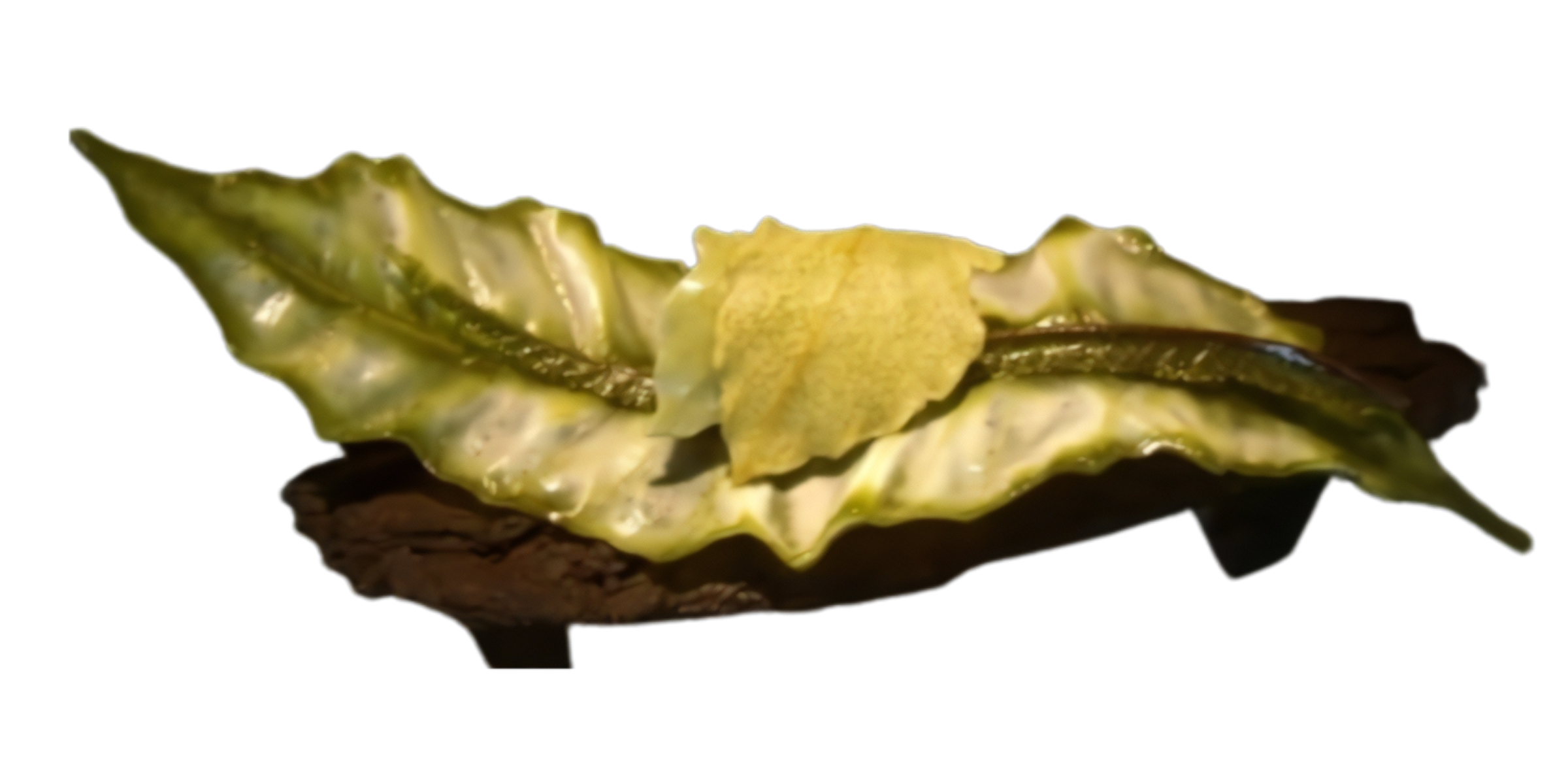Biography
Mary Van Cline is a pioneering glass artist known for her innovative techniques and large-scale installations that combine photography and glass sculpture. Her career spans over four decades, during which she has made significant contributions to the field of contemporary glass art.
Education and Early Career
Mary Van Cline’s journey in the world of art and design began with her education at North Texas University, where she earned a degree in design and architecture in 1976, followed by a Master’s in Art in 1977. Her introduction to glass as an artistic medium came in 1979 at the Penland School of Crafts in North Carolina. Pursuing her passion for glass, Van Cline went on to study at Massachusetts College of Art in Boston, where she earned her MFA in Glass Sculpture and Design in 1982 under the guidance of Dan Dailey.
Innovative Techniques
Van Cline’s work is characterized by her inventive processes that often combine hot and cold glass techniques, cast elements, and photosensitized glass. In the early 1980s, she collaborated with Kodak to develop a positive photo emulsion that could be coated on glass, marking the beginning of her pioneering work in photographic glass sculpture. Her experimentation with crushed glass in molds led to the creation of sugar-like castings, which she later used in her life-size “Ivory Figures” and “Inochi Series”.
Awards and Honors
Throughout her career, Mary Van Cline has received numerous prestigious awards and honors:
- In 1987, she became the youngest recipient of the Cultural Exchange Award from the National Endowment for the Arts and the Japan/United States Friendship Commission, which included a six-month residency in Japan.
- In 1988, she received the Fujita Prize from the National Living Treasure of Japan at the Glasmuseum in Ebeltoft, Denmark.
- In 1992, she was awarded a Visual Artists Fellowship from the Washington State Arts Commission.
- In 1998, she won the Grand Prize at the Glass Kanazawa Museum in Japan, a notable achievement as one of the few women to receive this award.
Notable Exhibitions and Commissions
Van Cline’s work has been exhibited internationally and is part of numerous prestigious collections:
- In 1993, she was commissioned by Arts America, a branch of the United States Information Agency, to create a large photographic glass installation for the exhibition “Narrative Art in Clay and Glass.” This installation, titled “The Listening Point,” traveled to fourteen venues in Southeast Asia.
- In 1996, she exhibited at Aperto Vetro Venezia at the Museo Correr in Venice, Italy.
- In 2009, her installation “The Listening Point” was featured in the “Staged Stories” exhibition at the Renwick Gallery, Smithsonian American Art Museum.
- From 2019 to 2021, the Tacoma Art Museum hosted an exhibition titled “Mary Van Cline: Selections from the Documenta Project,” featuring her portraits of leading figures in the studio glass art movement.
Teaching and Influence
Van Cline has shared her expertise through teaching at various prestigious institutions, including Pilchuck Glass School, Penland School of Crafts, Rhode Island School of Design, Boston University, Massachusetts Institute of Technology, and several other colleges and universities across the United States and Canada.
Collections and Legacy
Mary Van Cline’s work is held in numerous private and museum collections worldwide, including:
- Smithsonian American Art Museum, Renwick Gallery
- Corning Museum of Glass
- Kanazawa Museum in Japan
- Philadelphia Museum of Art
- Hokkaido Museum of Modern Art in Japan
- Detroit Institute for the Arts
- Glasmuseum of Ebeltoft, Denmark
- Hunter Museum of Art
In recent years, Van Cline has focused on creating large-scale commissions for both public spaces and private collectors. Her ongoing project, “The Documenta Project,” showcases her portraits of leading figures in the studio glass art movement, further cementing her role as a chronicler and influential figure in the contemporary glass art world.
Mary Van Cline continues to push the boundaries of glass art from her studio in Seattle, Washington, where she combines her photographic imagery with glass sculptures to create immersive installations that explore themes of time, healing, and human existence.





